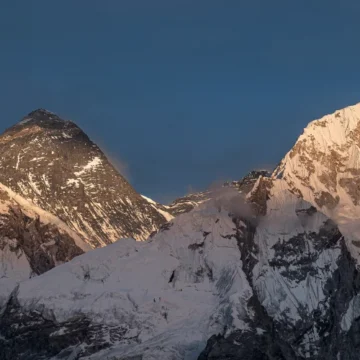
Green boots Mount Everest

Table of Contents
Green Boots Mount Everest is one of the most risky, saddest, and lonely hare incident on Mount Everest. Once they reached the 8500 mt height, they found the corpse of a climber on the infamous Northeast Ridge route. It was Green Boots, the unconscious climber whom they could not identify. The cave, named for the green mountaineering boots that the dead climber wore. It culminated in its fame, “The Green Boots Cave”. The mysterious identity of Green Boots Mt Everest continues to be unclear. However, some believe he was the legendary mountaineer Tsewang Paljor from India. He lost his life in May 1996 in the Mount Everest tragedy.
For almost five decades, Everest Green Boots has been a ghost. People fear and avoid any association with the risks or dangers of climbing the world’s highest peak. The mysterious presence, trapped in the gloom of the ice cave, will forever haunt our memories. By climbers who keep passing through the cave, mute saints, in silent respect for the deceased. Looking at Green Boots Mount Everest reminds travellers of their frailty while treading the Himalayas’ harsh ice-topped rocks. An appealing yet sad life raises the shadows in one’s mind. Whilst the climbers survive the journey through the life-threatening landscape. They cannot ignore the fact that they are vulnerable to the forces of nature. The inherent desire in humans to defeat the immensity of the world that they live in.
Green Boots Mt Everest personal life
Tsewang Paljor, nicknamed “Green Boots,” was an Indian mountaineer who died during the 1996 Everest disaster. Son of a soldier in the Indian state of Sikkim. Paljor was in the Indo-Tibetan Border Police (ITBP) and stationed in the Himalayas. When preceding events took place, he became a member of a group attempting to climb Everest via the Northeast Ridge route.
Paljor’s life before his Everest expedition lacks sufficient documentation, aside from these two injuries. Yet, he was a determined and skillful climber. As evidenced by his representation in the ascent of the problematic Mt. Everest. The fact that he had to deal with such a difficult path. It shows the extent of his adventurous soul and climbing passion.

The reasons behind the death of Paljor are very pitiful. Several conspiracy theories have been circulating about the disastrous 1996 Everest weather that took away several lives. Paljor and his crew found themselves exposed during a storm below the summit. Despite their attempts, they could not mount a rescue operation to get down the mountain. Paljor’s body, embellished in his unique green boots, abandoned the mountaintop. It translated into a symbol of possible dangers high altitude mountaineering might lead to.
Tsewang Paljor, known as Green Boots On Mount Everest. He was one of the eleven persons who died between May 10 and May 11,` 1996, while climbing Mount Everest. One of the most tragic seasons in the history of this mountain. Paltjor was one among the ITBP Indo-Tibetan Border Police teams. That were trying to make it to the top of Everest through the strenuous Northeast Ridgeway. On May 10, 1996, a vigorous cell of atmosphere suddenly attacked the mountain.
How did Green Boots of Mount Everest die?
Paljor and his companions were just about to reach the pinnacle when the weather suddenly changed. They found themselves facing a storm that took away their visibility, and it was freezing. Hurricane-force winds battered the climbers, making it impossible for them to maintain their balance on the damp granite. They had to down-climb to the area of safety. The chaos of the storm split the teams up, and soon, some climbers, one of them being Paljor, got lost.
It is regrettable that Paljor and his two mates, Dorje and Tsewang, were, in fact, unable to go down to the lower altitudes and then retreat there to save the day. The extreme frigidity, adoration, and absence of oxygen were a critical factor that, in the end, exploded out as the death of three climbers. The embalmed corpse of Paljor, still clad in the green mountaineering boots he was famous for, is currently resting in a cave on the Northeast Ridge, where it will now always lie as a grim reminder of the hazards of mountaineering at elevated altitudes.
The 1996 Everest tragedy happened on the final part of the expedition when the climbers faced avalanches, blizzards, and frostbites. In the end, eight climbers were dead, which makes it one of the deadliest historical disasters. On that day, the spark widespread discussions and introspection, leading to a radical transformation in the way excursions is at the world’s highest peak. Tsewang Paljor, the legendary “Green Boots”, and his story is a harsh but stunning illustration of the everlasting sadness of Mount Everest and the heavy payment that some of the climbers may lose their lives completely to reach its top.
Was Green Boots Mount Everest alone during the Everest expedition?
Mt Everest Green Boots, a climber who died high on Mount Everest during one of his climbs, was not alone in his death. He was a member of a 10-businessmen Indo-Tibetan Border Police (ITBP) team seeking to climb the mountain through the challenging Northeast Ridge route. This trip was in 1996, a year that would make history as the yellow one due to the messy events that took place before and during the climb.
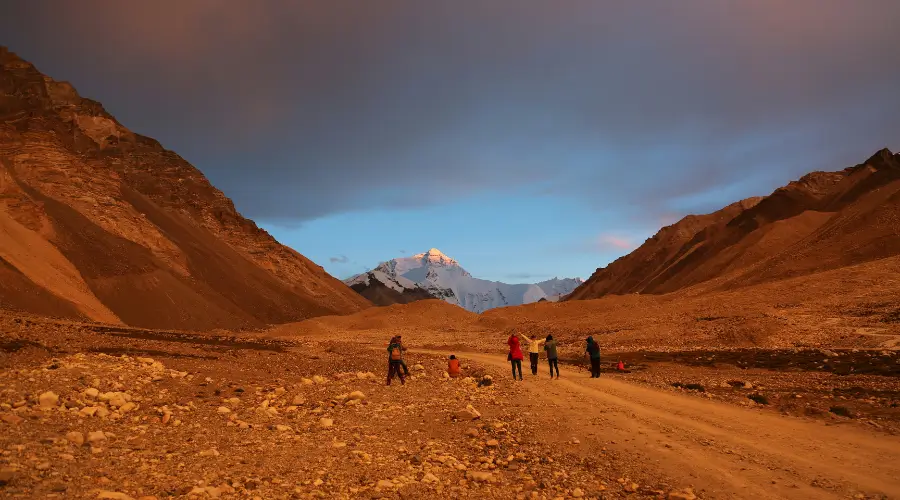
The 1996 Everest Incident, as it was ultimately Green boots sleeping Beauty Everest, was one of its perilous tales taking place in the dark when the mountain got hit by a severe storm and unprepared climbers were in. One of the teams that departed Camp II at ten was composed of climbers called “Green Boots”, some of those who were caught by the storm on the way to the highest point. Not even the bravest and the strongest who undertook this journey could save them from the bitter cold, fatigue, and skyrocketing elevation, which is lethal and, therefore, impossible to survive.
After this, some members of the attempt, including Dorje Morup and Tsewang Smanla, departed, with Green Boots on Mount Everest among them, and all of them lost their lives in the mountains. The day was defined by the challenges and tragedies of high-altitude climbing and the struggle to overcome them.
Some more people died during the 1996 Everest Disaster
Scott Fischer Everest:
Scott Fischer, an American mountaineer who has the utmost respect, has been known for his charisma and leadership skills. He created Mountain Madness, the guiding company, and was one of the first people to work in commercial mountaineering. Fischer was one of the unfortunate climbers who perished in the 1996 Mount Everest catastrophe, during which 12 other climbers lost their lives due to intense snowstorms. Fischer had a wealth of experience despite that, in the end, he submitted to the severe circumstances common in mountaineering at high altitudes, showing the volatile nature and risk of high-altitude mountaineering.
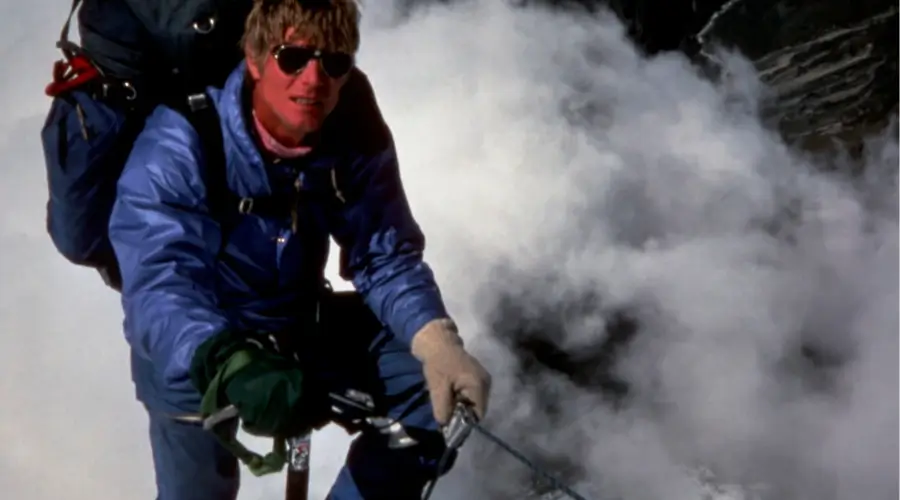
Doug Hansen Everest:
Doug Hansen was an enthusiastic climber from Seattle who was simply obsessed with topping the summit of Mount Everest. He did Summit Everest in 1995 but had to come back short due to illness just before the summit point. Not being discouraged by that event, Hansen joined in the 1996 Fischer’s Mountain Madness on the traditional Everest route as a client. Regrettably, in that same year, Hansen died while trying to get to the summit, apparently due to insufficient acclimatization. His journey represents the arduous fight of a person wanting to realize his or her dreams no matter how intimidating the obstacles are.

Andy Harris Everest:
Andy Harris was a NZ-trained and skilled mountaineer. Besides, he was a guide who was employed by Fischer’s Mountain Madness team to accompany the 1996 Everest trip. Harris was the best-known member of the team for his knowledge, composure, and managerial capabilities. Nonetheless, ill luck caught out the storm on Everest, as Harris and other mountaineers found themselves pinned to the summit. Though his fellow mountaineers performed all possible efforts, Harris died on the slope, not having been able to go down. The story of Andy Harris Everest is a story that is all about the courage and dedication of those who risk their lives to achieve their mountaineering dreams.
Want to know more?
Speak to an Expert





Sandip Dhungana
Nepal 🇳🇵
Whatsapp: +977-9823636377



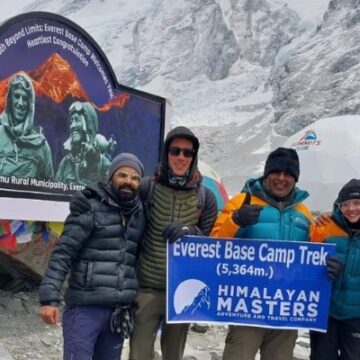
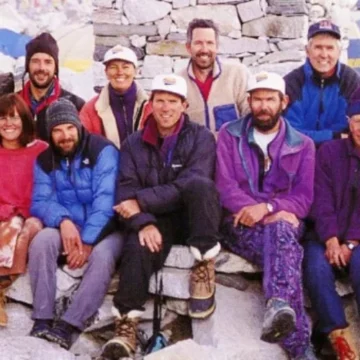

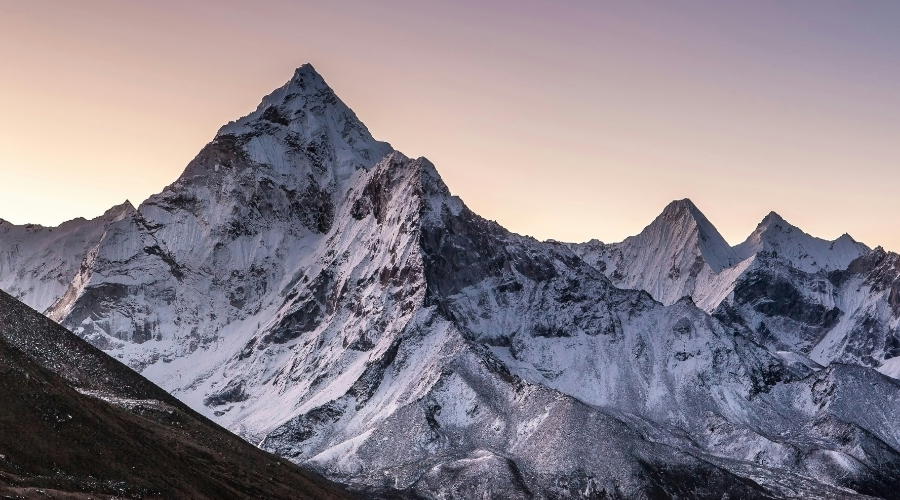
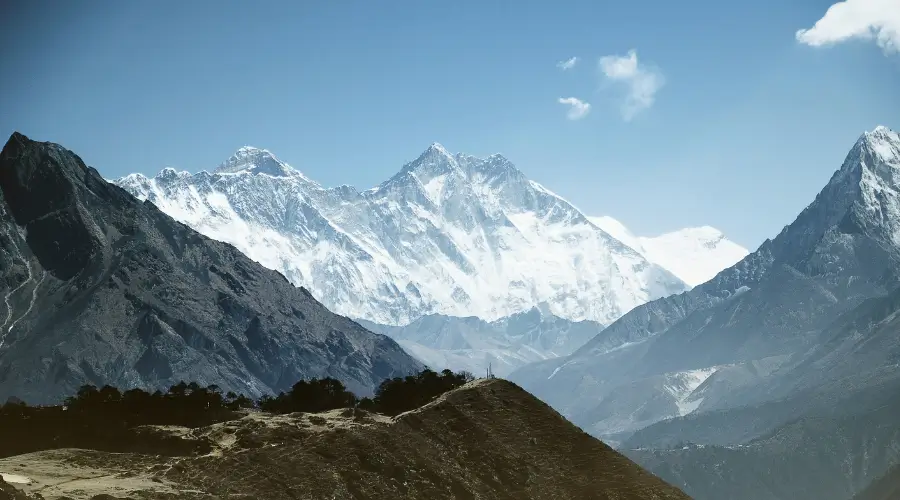

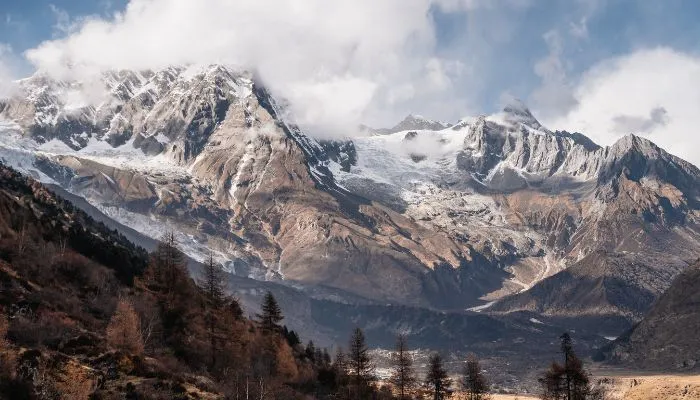
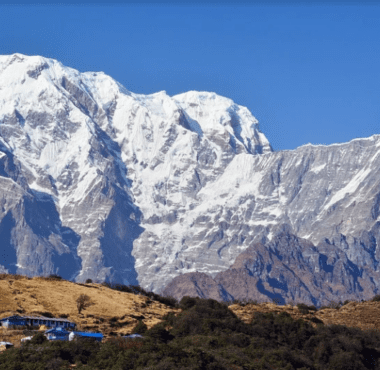














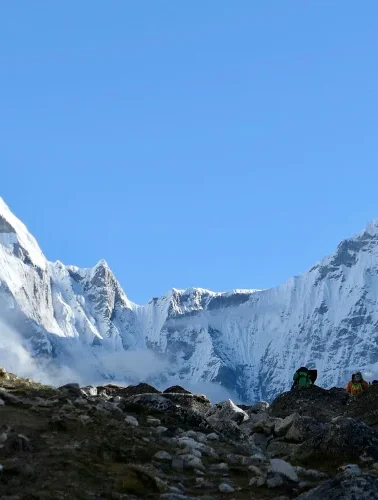
COMMENTS(2)
Don’t forget Rob Hall that was a sad day on the mountain
We will definitely add him. Thank you Robert